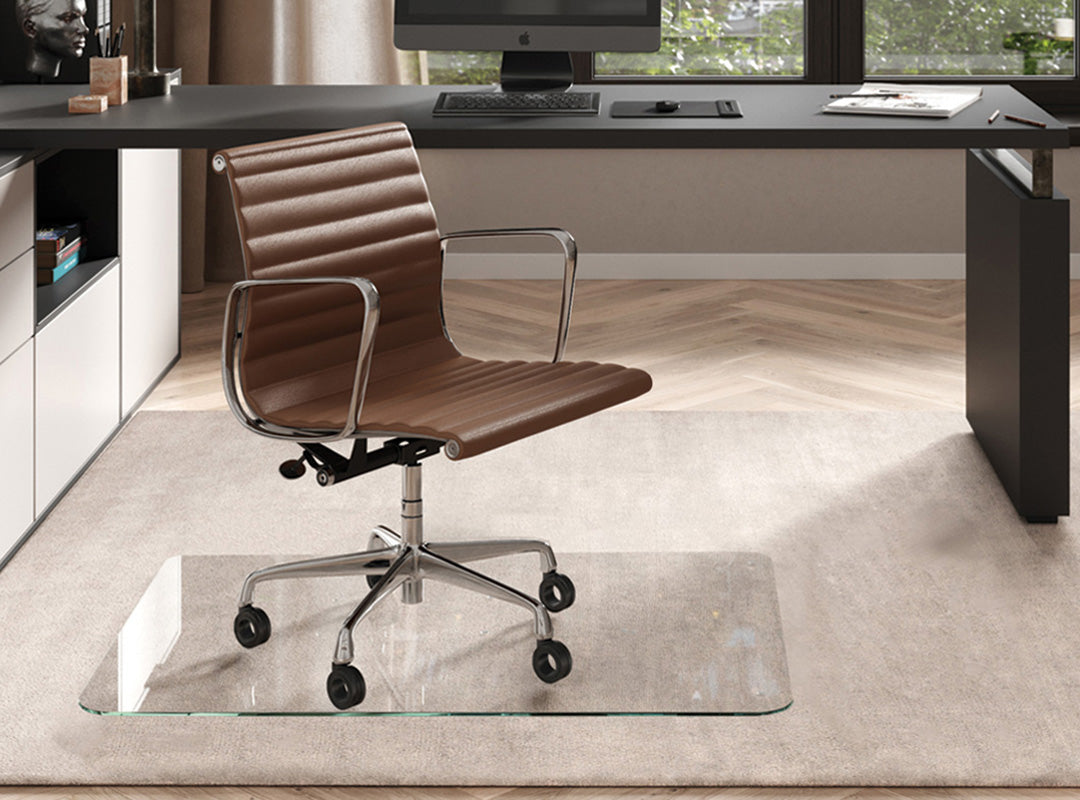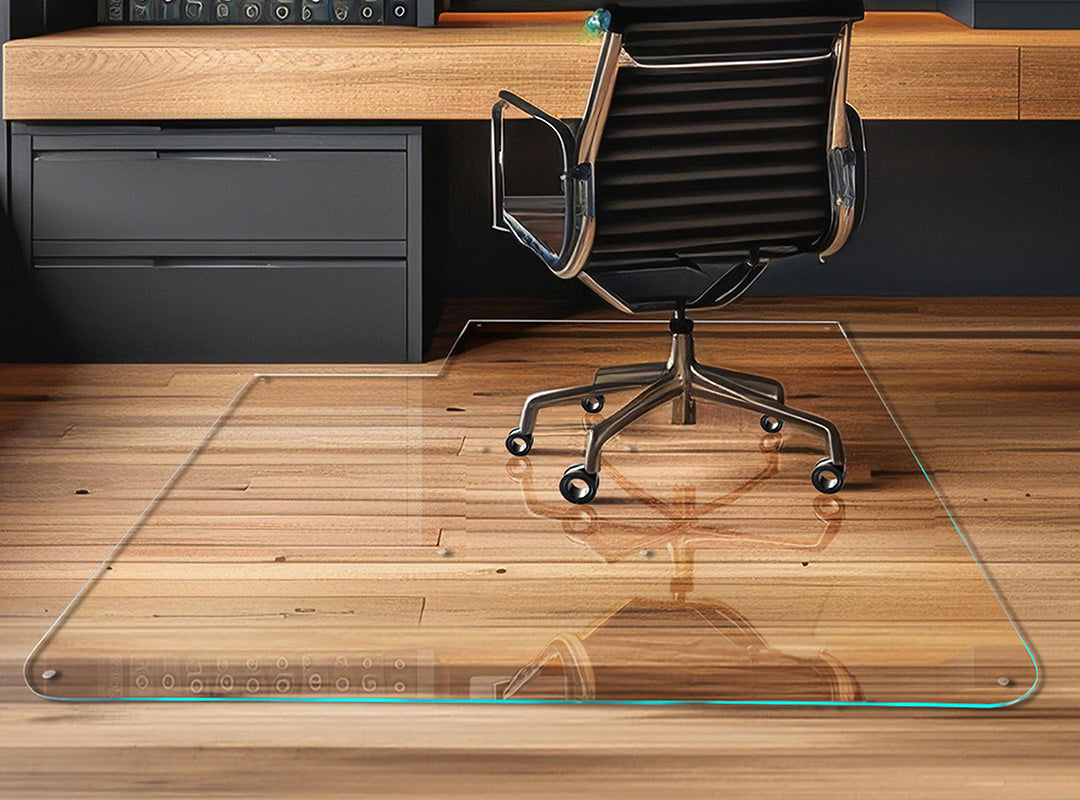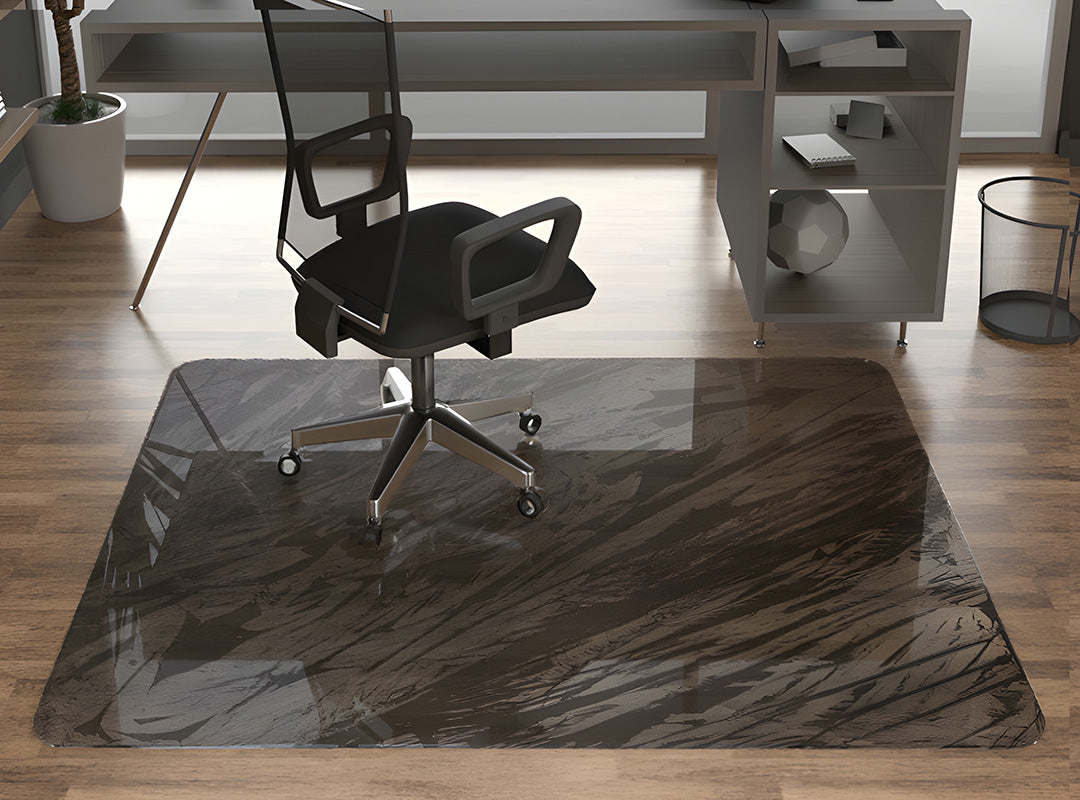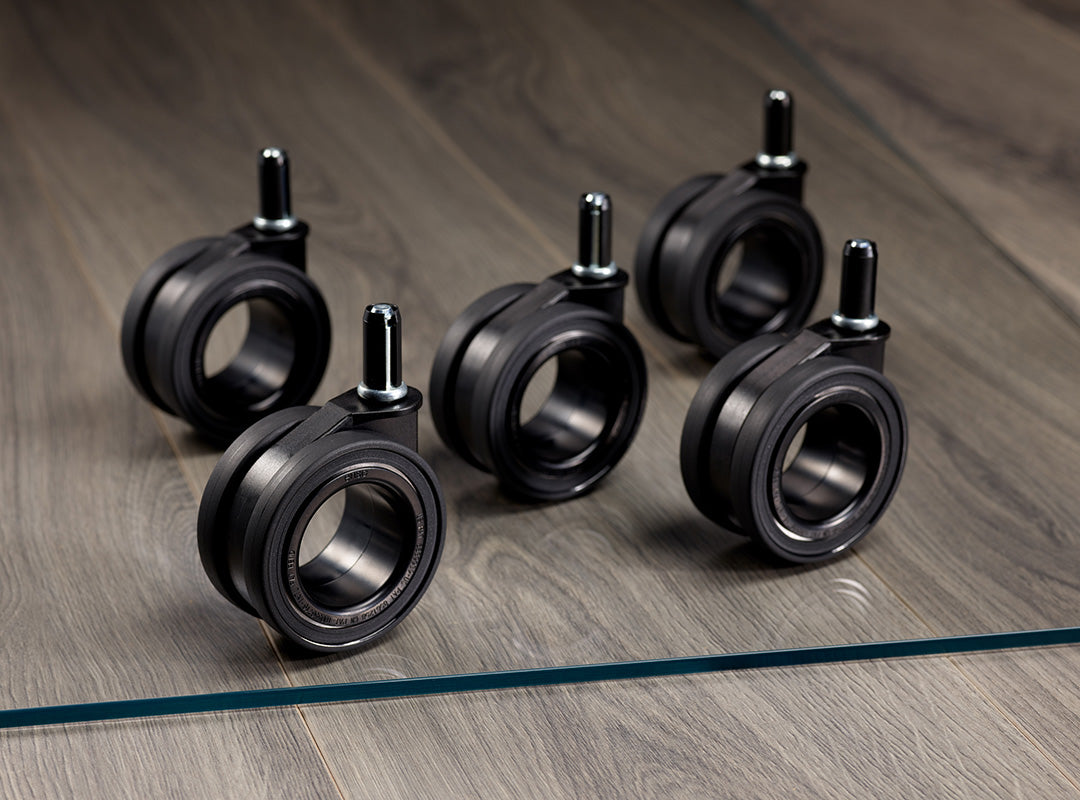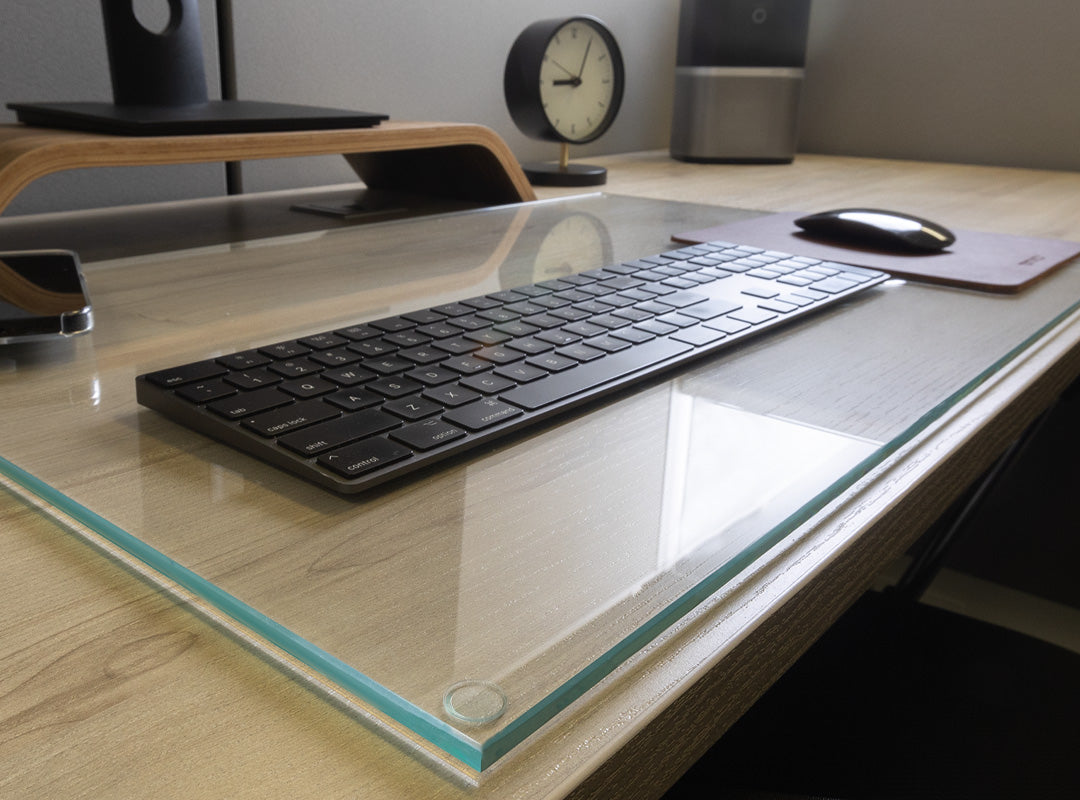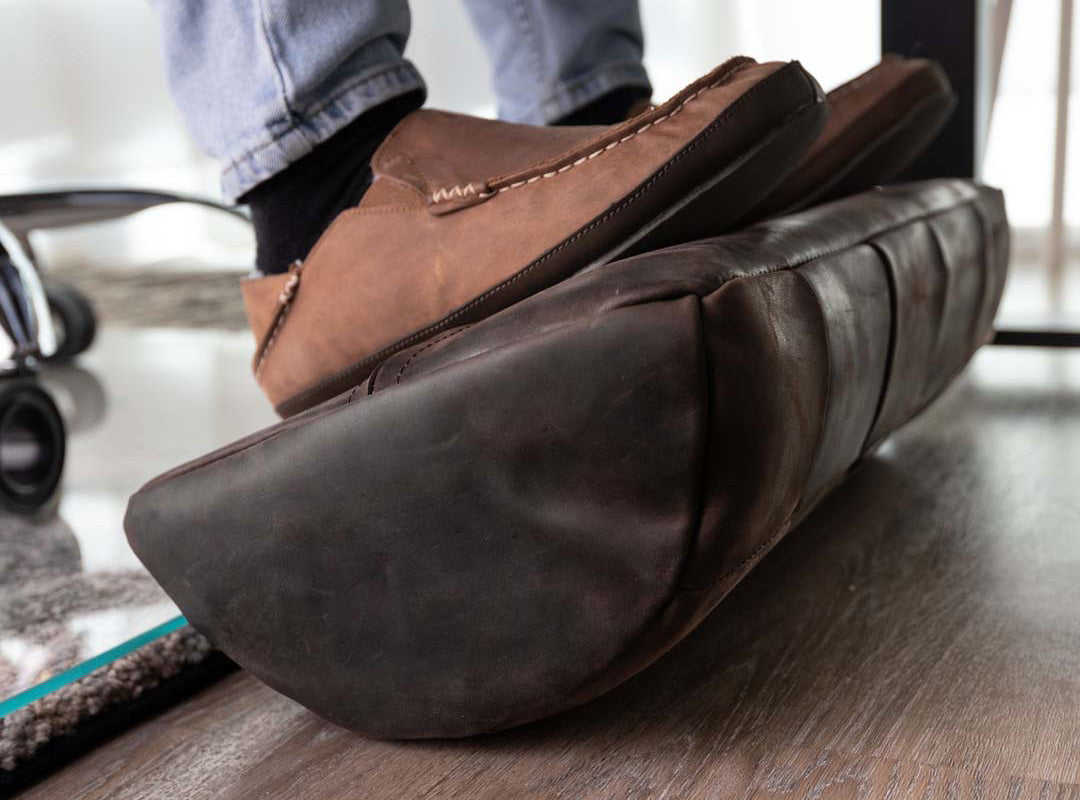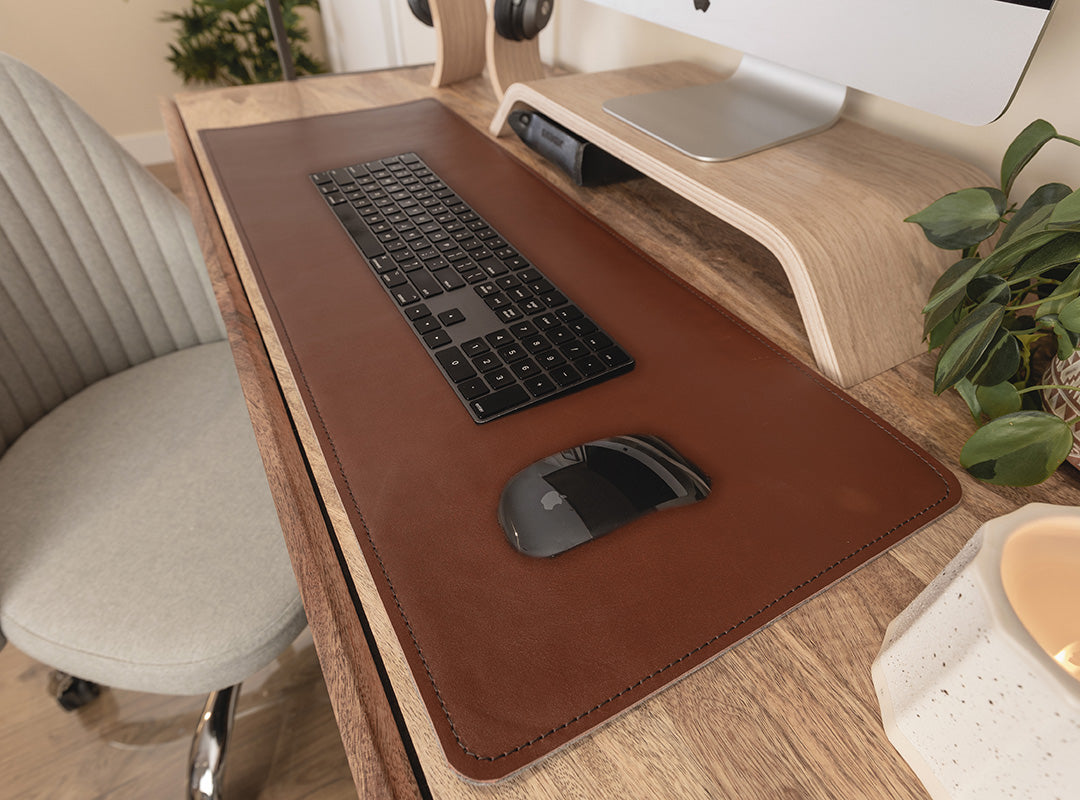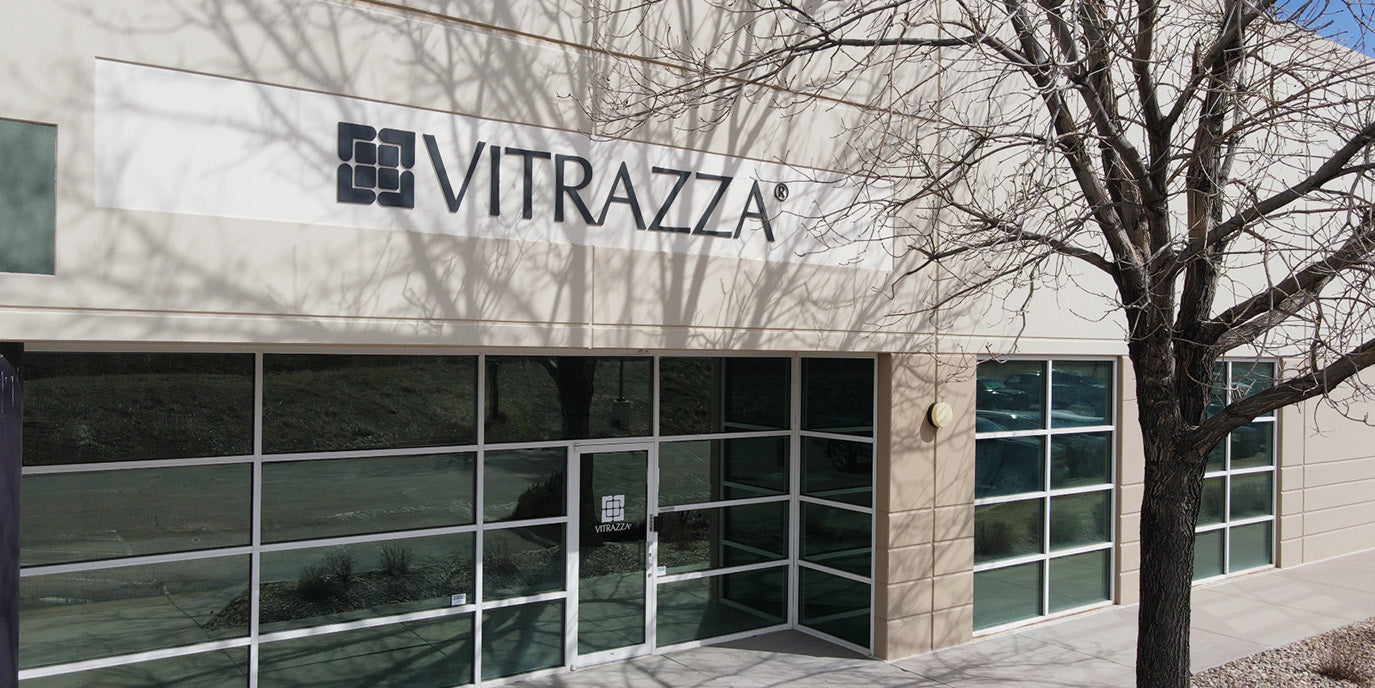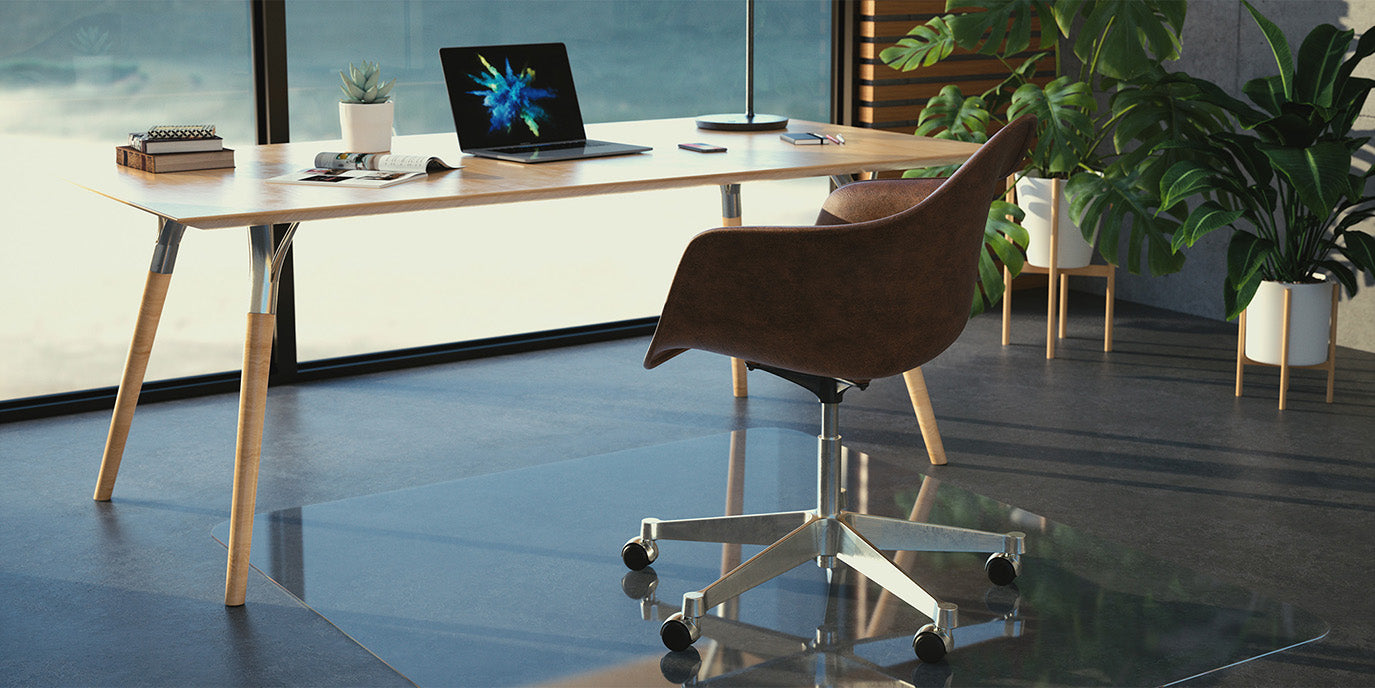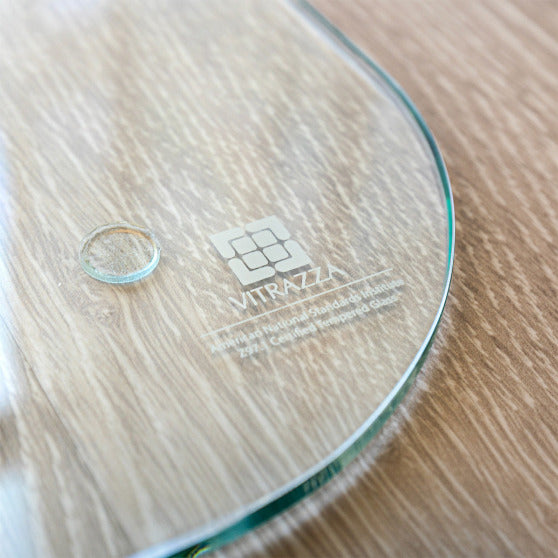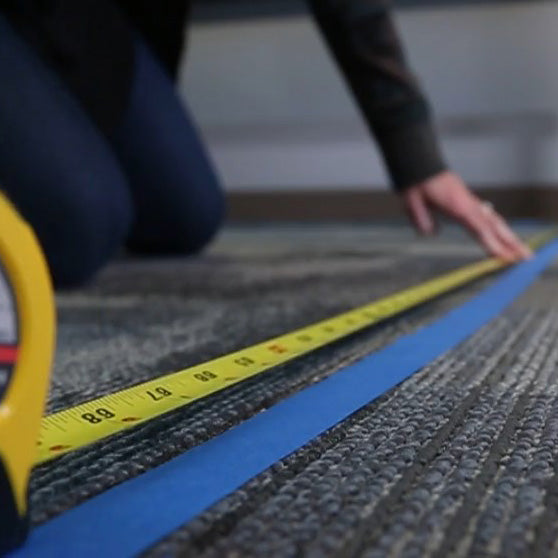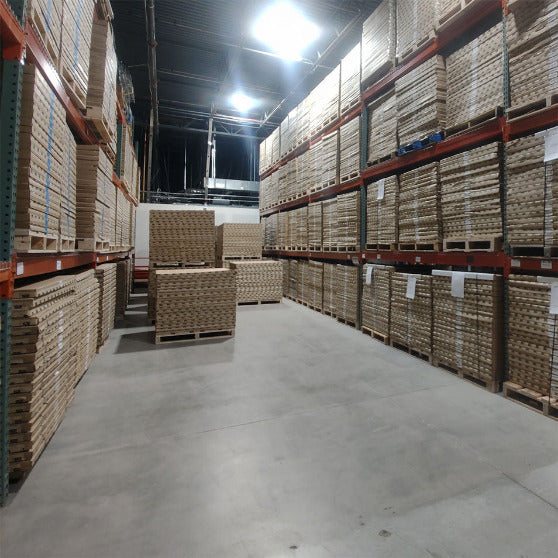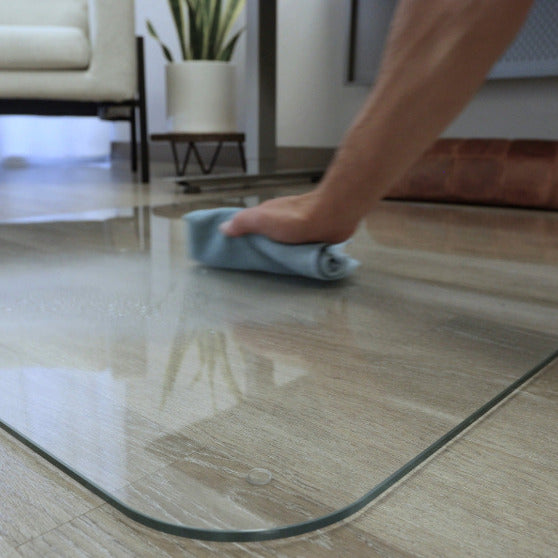Stronger Than You Think
When you think of glass, is 'fragile' the first word that comes to mind?
Glass is a bit of an enigma. It can be made tough and heavy or thin and featherlight. It's produced from opaque materials yet is transparent. Most surprisingly of all, though it behaves like a solid material, it's neither liquid nor solid! Glass is an amorphous solid—a state somewhere between those two states of matter.
Made from melting sand, soda ash, and limestone at a high enough temperature, glass is structurally a liquid; however, it behaves like a solid at an ambient temperature.
Glass is one of the oldest and most versatile manufactured materials. From durable bullet-resistant windows to brittle lightbulbs, you can find glass almost anywhere you look. You may even notice glass being used in some unlikely applications like this Office Chair Mat, this spectacular skywalk in Canada's Jasper National Park, or this bridge in Zhangjiajie National Forest Park in Hunan province, China.

Canada's Skywalk is approximately 918 feet and extends 115 feet out from the edge of the cliff face.

When the Zhangjiajie glass bridge opened, it was the longest and tallest glass-bottomed bridge in the world and currently offers the highest bungee jump in the world at 935ft.
Science of Strength
Most of us have heard that tempered glass is a super-strong glass used for all sorts of safety glass applications. But what is it really?
Tempered glass is a type of toughened safety glass that has been heat-treated (baked) to impart exceptional strength and the characteristic that, if it does break, reduces it to small crumbles. It is commonly used for its strength and safety in shower doors, household appliances, and building windows.
 International Building Code dictates when and where tempered safety glass is required in residential and commercial buildings.
International Building Code dictates when and where tempered safety glass is required in residential and commercial buildings.
The process of tempering glass is a complex scientific transformation. Manufacturers send glass panels of varying thickness through a specialized oven, heating it to the point that it becomes slightly flexible. In a crucial step, the glass is then rapidly cooled to room temperature. Because the outer surface is cooled quicker than the inside, the cooling process creates compressive stress on the surface and tensile stress in the center. These competing tensions produce the enormous strength, durability, and safety we rely on.
The benefit of this process is the increased endurance of tempered glass, allowing it to be stretched and bent to a further limit than annealed glass. Manufacturers meticulously test tempered glass, and it consistently performs at 4-5 times the strength of 'regular' glass. For this reason, it is used in many applications that require outsized strength, protection, and safety.
Better Than Acrylic
Acrylic or Polymethyl methacrylate (PMMA) is a transparent thermoplastic commonly used as an alternative to glass and polycarbonate. Acrylic is often used in place of glass for its lighter weight and moldability. Large panes of curved acrylic are used in aquariums, particularly in large public aquariums such as the Georgia Aquarium.

The Georgia Aquarium is one of the world's largest aquariums, with more than 10 million gallons of water in more than 100 habitats.
While acrylics boast mold-ability and lighter weight compared to glass, the surface of acrylic is softer and more easily scratched than glass. Acrylic is vulnerable to thermal degradation and damage from chemicals and UV exposure. Cleaners and scrubbers will produce scratches on the surface, giving it a cloudy appearance. Acrylic could fail or become brittle from chemicals, which dissolve molecules and significantly weaken the material. Unless properly stabilized with UV treatment during the manufacturing process, acrylic can become discolored by UV exposure.
Once the damage has been done, it is difficult to undo.
At Vitrazza, we love tempered glass so much that we pioneered a new application for it - Glass Office Chair Mats by Vitrazza, the Premium Alternative to Worn-out Plastic Mats. Vitrazza Glass Chair Mats are made from solid 1/4-inch thick Tufver Glass™, our proprietary combination of toughened glass and Invisible Shield® Pro15 Nano-Tech Coating (to help resist fine scratches).
Every Vitrazza Glass Chair Mat is made with Safety Glazing Certification Council (SGCC) certified tempered glass. This means it is produced and tested to comply with the ANSI Z97.1, CPSC 16CFR1201 (Category I or II) and CAN/CGSB-12.1-M90 safety standards.
They're designed to hold over 1,000lbs. and come with a Transferable Lifetime Warranty. Unlike plastic mats, a Glass Chair Mat looks stunning, will never develop dents and ruts, and should be the Last Chair Mat You'll Ever Buy.


